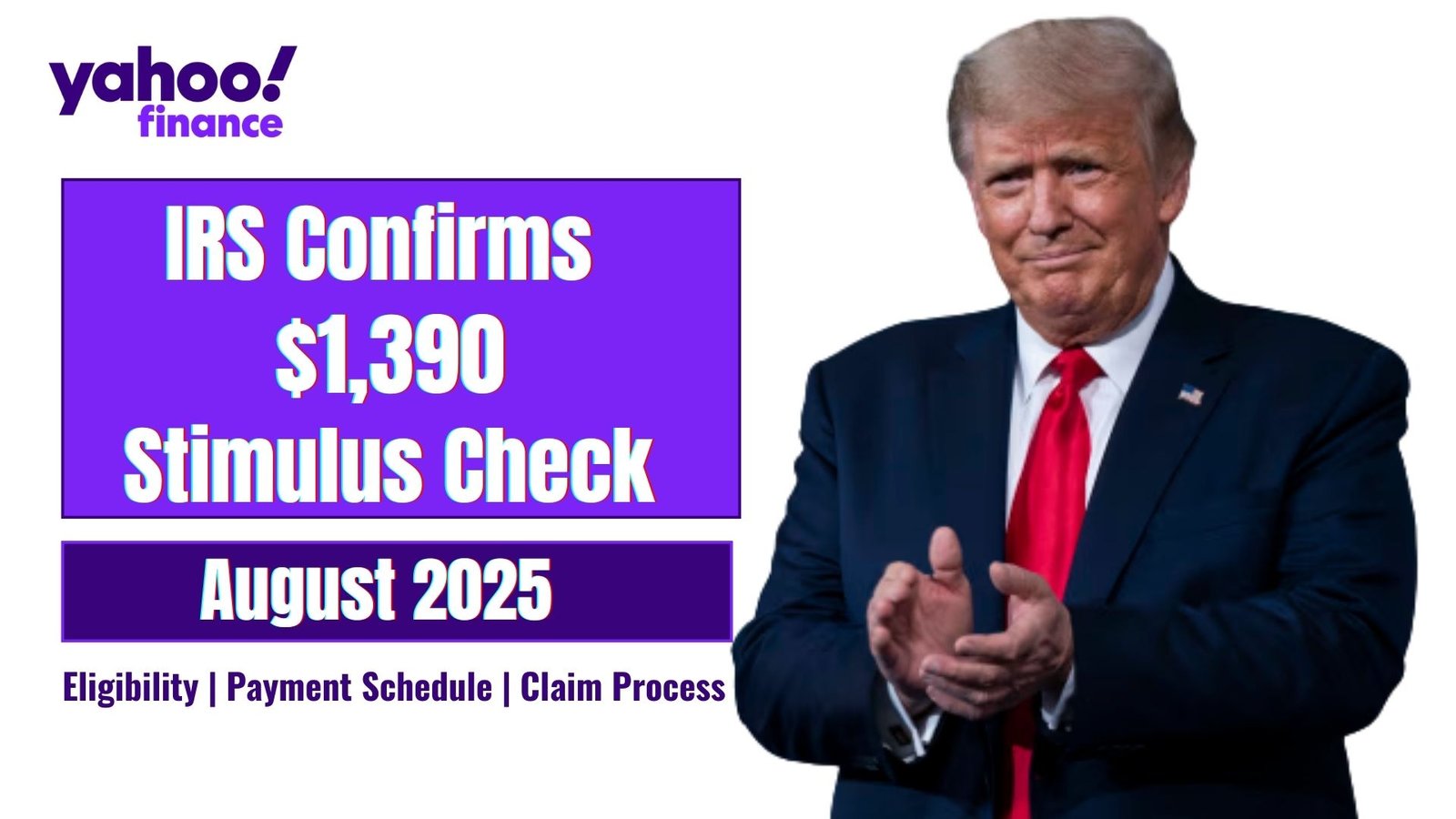Could the IRS really be sending out $1,390 stimulus checks to eligible Americans? Reports suggest that millions might soon see unexpected money deposited into their accounts. But the mystery is—who qualifies, and when will the payments arrive? Let’s dig deeper.
What Is the $1,390 Stimulus Check?
The $1,390 stimulus payment is reportedly confirmed by the IRS as a targeted relief effort to support Americans facing rising costs of living. Unlike past broad-based stimulus checks, this round is expected to focus on specific groups, making it even more valuable—and even more mysterious about who qualifies.
A Quick Look Back: The Origin of Stimulus Payments
Stimulus payments became a household name during the pandemic, when millions received direct aid. Since then, the IRS and state governments have occasionally rolled out targeted relief for seniors, low-income families, and Social Security recipients. The $1,390 check follows this tradition—but with its own unique twist.
| Past Stimulus Checks | Amount Distributed | Eligible Groups |
|---|---|---|
| 2020 CARES Act | $1,200 | All taxpayers below income threshold |
| 2021 Relief Bill | $1,400 | Broad eligibility |
| 2025 IRS Payment | $1,390 (reported) | Targeted groups (Seniors, SSI, SSDI) |
Why the $1,390 Payment Matters Today
With inflation at record highs and groceries, housing, and utilities draining wallets, an extra $1,390 could be life-changing. For retirees and low-income households, this check could mean catching up on bills, securing medical care, or even avoiding debt traps. The timing couldn’t be more crucial.
Who Qualifies for the $1,390 Stimulus?
While the IRS has not released a full public eligibility list, reports suggest these groups are the most likely beneficiaries:
- Social Security retirees
- SSI and SSDI recipients
- Low-income households under certain income thresholds
- Veterans’ benefit recipients
Expected Payment Timeline
Though official payment dates remain under wraps, early reports hint that deposits could begin rolling out within weeks. Direct deposit recipients usually get payments first, while paper checks and debit cards may follow later.
| Payment Method | Estimated Arrival Time |
|---|---|
| Direct Deposit | Within 1–2 weeks of release |
| Paper Check | 2–4 weeks after release |
| Debit Card (EIP) | Up to 4 weeks |
Notable Facts About the $1,390 IRS Payment
- $1,390 is close to the average monthly Social Security benefit in 2025
- Payments will reportedly cover tens of millions of Americans
- Direct deposit is the fastest way to receive funds
- Some states may add extra relief payments on top of the IRS check
Expert Tips to Maximize Your $1,390 Check
- Set up direct deposit with the IRS or SSA for faster payments
- Avoid scams—the IRS never calls to ask for banking info
- Plan ahead—use part of the money for bills and part for savings
- Track payments on the official IRS “Get My Payment” portal
Frequently Asked Questions
Q: Do I need to apply for the $1,390 stimulus?
No, eligible Americans will receive it automatically if they qualify.
Q: Will working Americans get this payment?
It depends on income limits—reports suggest it will mostly target retirees and low-income groups.
Q: When exactly will the checks arrive?
Dates are not finalized, but payments may begin rolling out in the coming weeks.
Conclusion
The $1,390 stimulus check has sparked excitement and suspense across the nation. With millions waiting for confirmation of eligibility and dates, the mystery surrounding this IRS payment only adds to its impact. If you qualify, this could be the financial lifeline you’ve been waiting for.




